
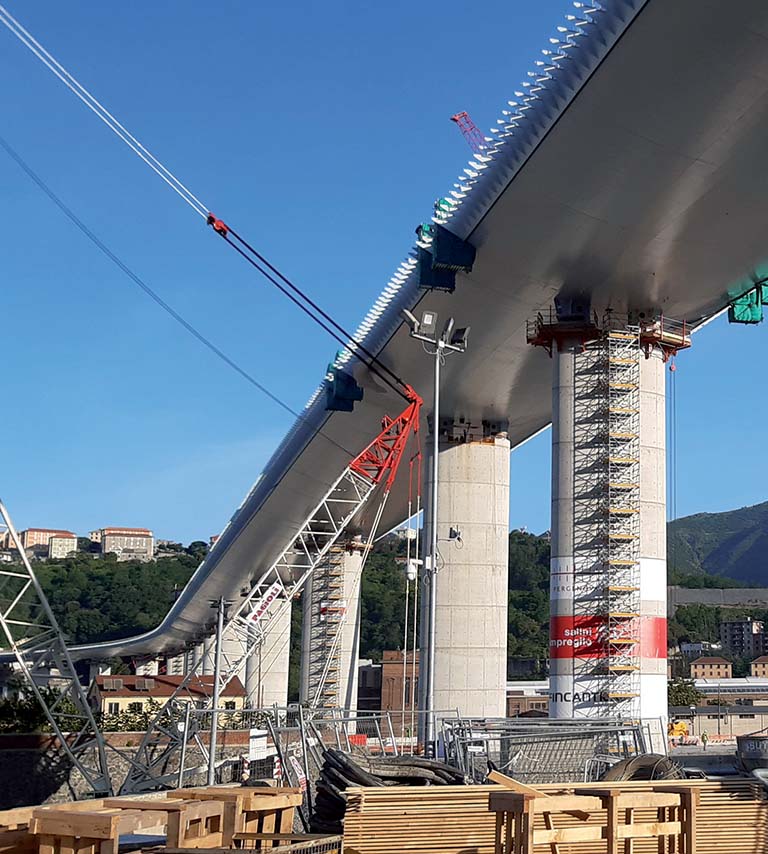
Genoa, San Giorgio Bridge: reconstruction using Mapei technologies
Mapei’s contributed by supplying cutting-edge products and the support of the company’s experts.
Mapei’s contributed by supplying cutting-edge products and the support of the company’s experts.
The Genoa-San Giorgio Bridge, inaugurated on 3rd August, has replaced the Morandi Bridge, which collapsed on 14th August, 2018.
Reconstruction of the bridge, designed by Renzo Piano and built by Webuild and Fincantieri Infrastructure, was completed in just two years, with the aim of making it a national model for the redevelopment of Italian infrastructures.
Mapei took part in this imposing work of civil engineering by supplying numerous products, including admixtures for the ready-mixed reinforced concrete to construct the piles, and as a consultancy service through the company’s engineers and specialists, who were available round-the-clock from the very start of the project right up to placement of the last pour of concrete.
.jpg?sfvrsn=d668a776_6)
Characteristics of the new bridge
Compared with the Morandi Bridge, which was 1,182 m long, the Genoa-San Giorgio Bridge, at 1,067 m, is slightly shorter. Also, the new bridge does not follow exactly the same route and has been built around 20 m to the south of the old one. This decision was taken in order to shorten the schedule of works for its construction and to reduce any interference with the buildings below the bridge to a minimum.
The bridge is made up of a steel and concrete deck and a continuous truss divided into 19 spans (14 spans of 50 m, 3 spans of 100 m, 1 of 40.9 m and 1 of 26.27 m), with the whole structure supported by 18 reinforced concrete piles - 7 more than the Morandi Bridge - with an elliptical section measuring 4 m by 9.5 m.
The viaduct has a curved section (overall height 4.8 m in the middle) made from a structure of steel and concrete. The total width of the road section has been increased from the previous 18 m to 30.8 m and there are two 3.75 m wide lanes running in each direction, separated by a 2.6 m wide central reservation.
Each of the two carriageways also has an emergency lane, which the old bridge didn’t have, and there is a 2.5 m high anti-wind and safety barrier running along both sides of the bridge.
Made from glass to mitigate the bridge’s visual impact and provide an uninterrupted view of the surroundings while travelling over the bridge, the barrier is also bird-friendly thanks to a series of special markings on the surface of the glass.
.jpg?sfvrsn=1f68a776_6)
The figures
Mapei's intervention
CONSTRUCTION OF THE PILES
Mapei’s Admixtures for Concrete Division was involved in the project 24/7, with each day split into three 8-hour shifts. Work was carried out incessantly to ensure technical support was constantly available at the three production plants producing the concrete in Chiaravagna, Genoa Harbour and San Quirico, owned by Calcestruzzi SpA, a division of Italcementi.
The piles were constructed by placing the concrete in a continuous cycle using a special type of formwork which is attached to the structure under construction. With this technique, support for the fresh concrete is provided by the concrete placed previously. Therefore, when the formwork is raised, the mechanical properties of the previous concrete need to be sufficient to withstand the weight of both the new concrete and the formwork.
The development of the mechanical properties of cementitious conglomerate is heavily influenced by the surrounding conditions at the time of pouring, particularly the temperature. The period in which the piles were constructed, between June 2019 and January 2020, meant that the concrete had to be poured in a range of very different temperatures.
The mix designs included the following admixtures that guaranteed that the mechanical properties between the various pours of concrete at these different temperatures remained constant:
- DYNAMON XTEND W400 N, liquid admixture for high quality concrete, specially formulated to make concrete with a low water/cement ratio and negligible loss in workability while being transported and unloaded on site.
- DYNAMON LZ 551: a multi-purpose, modified acrylic polymer-based super-plasticiser specially developed to maintain the workability of concrete.
- MAPEFAST ULTRA, a latest-generation chloride-free liquid hardening accelerator for mortar and concrete, containing nanoparticles of complex hydrated silicates, obtained through an exclusive synthesis process, characterised by its very high specific surface area (see the dedicated article in this issue of the magazine).
The final requirement, and one that was particularly important to the client, was that the exposed concrete surfaces needed to have an excellent finish once the formwork had been removed, with as few surface defects as possible, and that it should have a uniform colour that enhances the materic effect of the perfection of the structure.
The requirement specified by the client was achieved to the full, thanks not only to the correct design mix for the concrete, but also to a form-release agent that left the surfaces with a high quality finish.
After carrying out a series of mock-up tests on site, the team decided to use MAPEFORM W60, a form-release agent in water dispersion that forms a non-stick coating on formwork with a rough or smooth surface.
BUILDING THE DECK
Once erection of the metal structure had been completed, the slab of the deck was poured using compensated-shrinkage concrete to prevent the formation of cracks being triggered during the plastic shrinkage phase. This particular phase of the work also required concrete with high mechanical properties, a controlled rate of shrinkage within specified parameters and extended maintenance of workability in hot weather. The slab was poured in June, 2020 using a concrete mix designed to achieve high mechanical properties after a short curing cycle to facilitate surface-finishing operations.
As in the case of the piles mentioned previously, the results were achieved by using a combination of specific products:
- DYNAMON XTEND W202 N: an acrylic superplasticizer, specially formulated to make concrete with a low water/cement ratio and a good maintenance of workability.
- DYNAMON LZ 551: a multi-purpose, modified acrylic polymer-based super-plasticiser, specially developed to maintain the workability of concrete.
- EXPANCRETE PLUS: a plasticizing expansive admixture for shrinkage-compensating concrete. To prevent excessive evaporation of the mixing water, which could then lead to surface cracking, the kerbs along the sides of the slab were treated with MAPECURE WG, a water-based, film-forming curing agent with anti-evaporation properties.
.jpg?sfvrsn=d768a776_4)
The chronicle of a reconstruction
14th August 2018
At 11:41 a.m. the Morandi Bridge collapses, causing 43 deaths, thousands of people having to flee their homes and leaving an entire city split in two. The bridge, designed by Riccardo Morandi, had been inaugurated in 1967.
18th December 2018
Marco Bucci, Mayor of Genoa, is nominated Special Commissioner for its reconstruction and decides to assign all works to a consortium comprising Salini Impregilo and Fincantieri, which then develops the original design donated to the city in September by Renzo Piano.
15th April 2019
The site for the reconstruction of the Polcevera Viaduct is opened and for three months operates in parallel with the team demolishing what remains of the old bridge. From that moment on, and right up until all site work is completed, around 1,200 people are involved in the work: the target is the construction of one pile per month.
28th June 2019
One carriageway of the motorway is closed, along with all roads within a radius of 300 m, and more than 3,000 people have to evacuate their homes. Demolition of piles 10 and 11 of the Morandi bridge commences, a high-risk operation followed closely by people from all around the world.
1st September 2019
Formworks start operating simultaneously on four fronts. And so starts the concept of working simultaneously rather than in sequence, a major factor in enabling work to be completed in such a short space of time.
12th February 2020
The new bridge starts to take shape: a 100 m-long steel beam is raised over pile No. 9, the one that crumbled two years previously causing the collapse of the bridge, to a height of 40 m.
2nd March 2020
The third and final 100 m central span is erected over the railway lines. The operation is carried out with the site operating at reduced staffing levels due to the Covid-19 pandemic.
19th April 2020
The last of the 19 spans is placed in position at a height of 40 m and work on the 1,067 m-long steel and concrete deck is finally completed: the city of Genoa, at least from a visible point of view, becomes one again.
3rd August 2020
Two years after the collapse, the Genoa-San Giorgio bridge is inaugurated by the President of the Italian Republic, Sergio Mattarella.





.jpg?sfvrsn=c968a776_6)

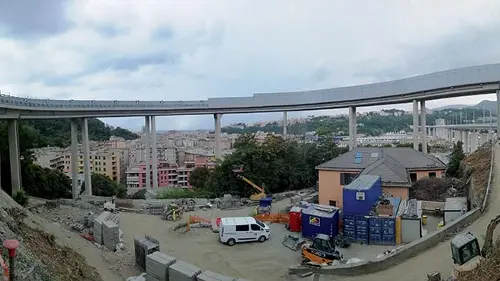
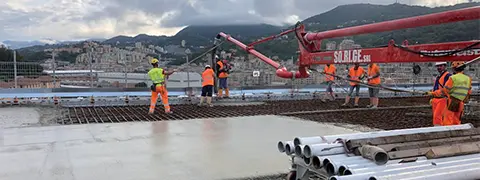

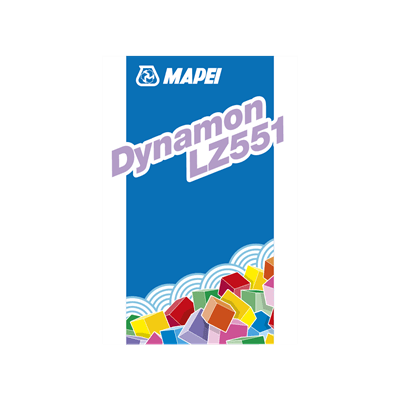


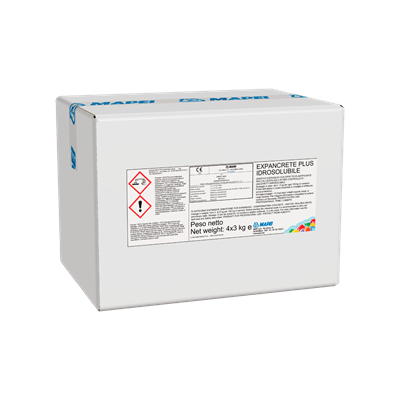
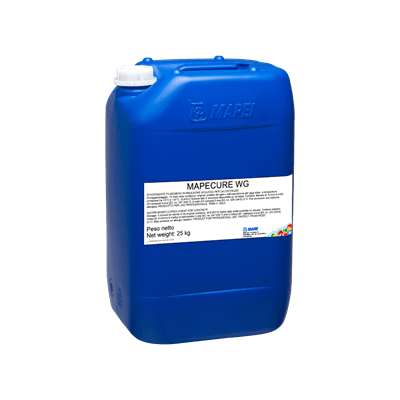

.jpg?sfvrsn=1368a776_4)
.jpg?sfvrsn=1568a776_4)
.jpg?sfvrsn=1d68a776_4)
